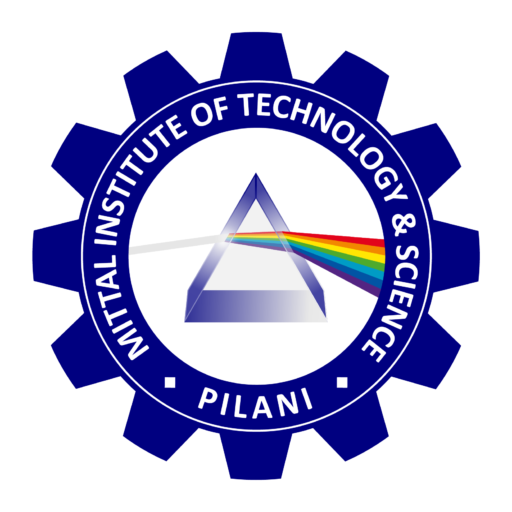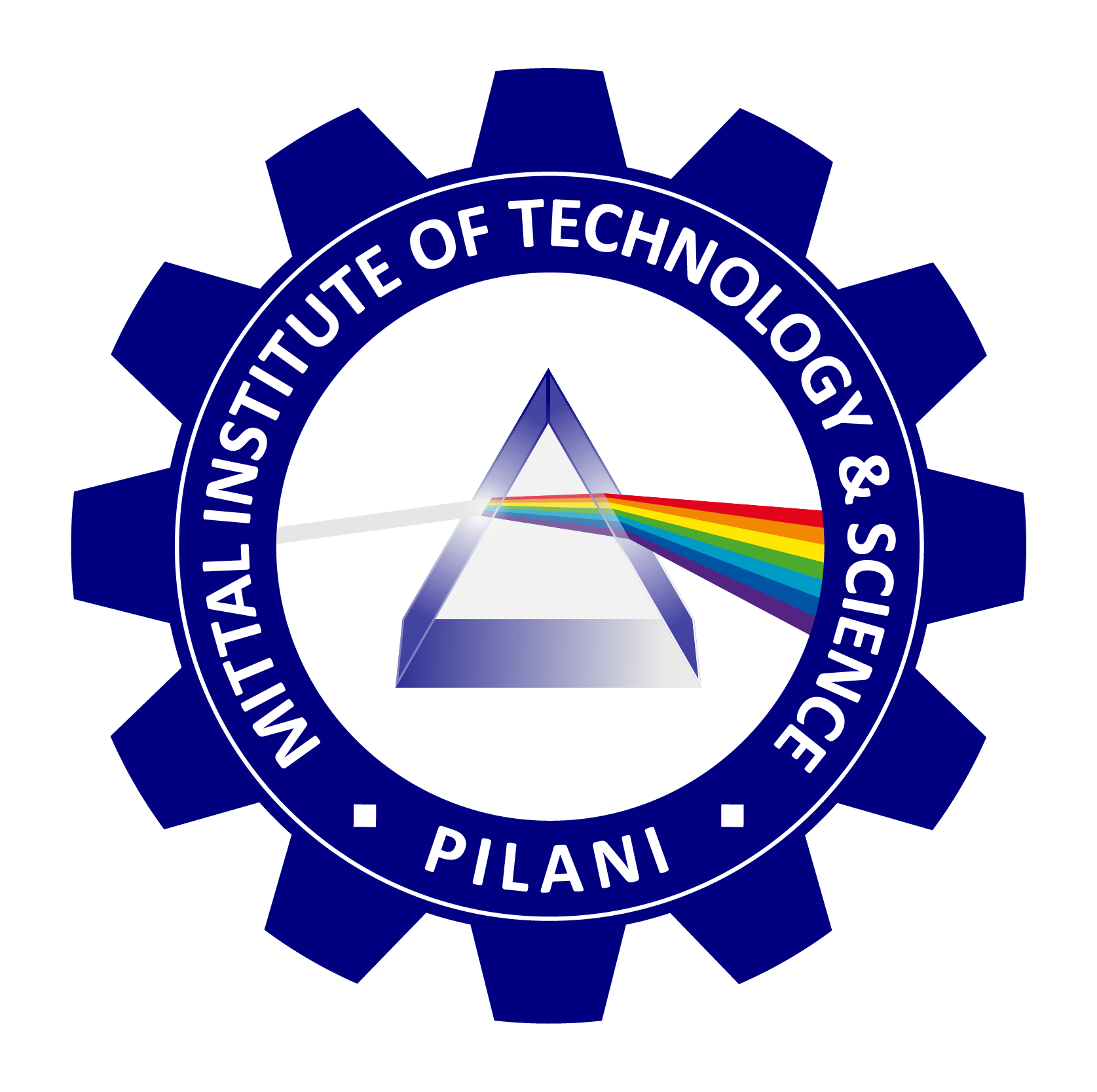
MITTAL INSTITUTE OF TECHNOLOGY & SCIENCE, PILANI
Simulation of Biological Processes
High Performance Computing (HPC) has revolutionized the simulation of biological processes by enabling the modeling of complex cellular functions, molecular interactions, and organism-level dynamics at scales and speeds unattainable with traditional computing. However, despite its immense potential, the use of HPC in biology is fraught with significant challenges, spanning computational, algorithmic, biological, and infrastructural domains. These challenges stem from the inherent complexity of biological systems, the limitations of current hardware and software, and the interdisciplinary nature of computational biology.
- Biological Complexity and Data Heterogeneity
Biological systems are inherently complex and multi-scale. Simulating these systems requires modeling events at various levels—molecular (e.g., protein folding), cellular (e.g., gene expression), tissue-level (e.g., cancer progression), and organismal (e.g., immune responses). These phenomena operate on different temporal and spatial scales, making unified simulations extremely challenging.
Moreover, biological data is highly heterogeneous, comprising genomic sequences, proteomic profiles, imaging data, electrophysiological recordings, and clinical metadata. Integrating and modeling such diverse datasets demands sophisticated data fusion strategies and flexible computational frameworks—something even advanced HPC systems struggle to accommodate efficiently.
- Scalability and Parallelization Bottlenecks
While HPC systems are designed to handle large-scale computations, not all biological algorithms scale well with parallelization. Molecular dynamics simulations, for example, often involve highly interconnected atomic systems where the state of one part influences another in non-trivial ways, leading to difficulties in decomposing the problem into parallel tasks.
Furthermore, the scalability of many biological simulations is limited by communication overhead between nodes in a distributed system. As the number of processors increases, the time spent synchronizing data between them can outweigh the benefits of parallel execution, leading to sub-optimal performance.
- Accuracy vs. Performance Trade-offs
Biological simulations often involve a trade-off between accuracy and computational efficiency. For instance, ab initio methods in molecular modeling can provide precise results but are computationally prohibitive for large molecules. Conversely, coarse-grained simulations reduce computational load but may sacrifice biological fidelity.
Choosing the right balance between model granularity and computational feasibility is a persistent challenge. Overly simplified models may overlook critical emergent behaviors, while detailed simulations may become infeasible due to computational constraints, even on powerful HPC clusters.
- Software Complexity and Interoperability
The development of HPC software for biological simulations is non-trivial. It requires expertise in numerical methods, parallel programming, biology, and high-performance software engineering. The steep learning curve and limited availability of integrated, user-friendly platforms hinder widespread adoption.
Additionally, many simulation tools are domain-specific and not designed to interoperate. For example, linking a protein-folding simulator with a gene regulatory network model or a cell-tissue interaction model may require custom interfacing and data format conversions, leading to additional complexity and potential inconsistencies.
- Storage, Memory, and I/O Limitations
Biological simulations can generate massive volumes of data. For example, a single millisecond-scale molecular dynamics simulation of a large biomolecule can produce terabytes of trajectory data. Managing, storing, and analyzing this data is a major challenge, even in modern HPC environments.
Memory access speed and input/output (I/O) bandwidth often become bottlenecks. Insufficient memory can lead to frequent disk swapping, while slow I/O can cripple the performance of simulations that rely on real-time data checkpointing and visualization.
- Energy Efficiency and Cost Constraints
Large-scale biological simulations on HPC clusters consume significant power, raising concerns about energy efficiency and sustainability. As simulations grow in complexity and scale, energy costs and cooling requirements become critical limiting factors for both academic and commercial institutions.
The financial cost of maintaining state-of-the-art HPC infrastructure is also prohibitive for many research institutions, especially in developing countries. Cloud-based HPC offers an alternative, but concerns about data privacy, security, and compliance (especially with clinical or genomic data) present additional barriers.
- Validation and Experimental Correlation
Another major challenge is the validation of simulation results against experimental data. Due to the complexity and variability of biological systems, simulation outcomes may not always match empirical observations. This discrepancy may arise from incomplete models, missing parameters, or oversimplified assumptions.
Moreover, biological systems often exhibit stochastic behaviors. Capturing and validating such probabilistic dynamics through deterministic HPC simulations remains an ongoing research area, demanding novel algorithms and probabilistic computing techniques.
High Performance Computing has become an indispensable tool for advancing biological understanding through simulation. However, realizing its full potential requires addressing multiple challenges, including model complexity, scalability limits, software interoperability, data management, and energy efficiency. Overcoming these hurdles will necessitate close collaboration between biologists, computer scientists, mathematicians, and engineers. Future progress may also depend on emerging paradigms such as quantum computing, neuromorphic architectures, and AI-accelerated simulations, which promise to redefine what is computationally feasible in biological research.

Professor Rakesh Mittal
Computer Science
Director
Mittal Institute of Technology & Science, Pilani, India and Clearwater, Florida, USA
